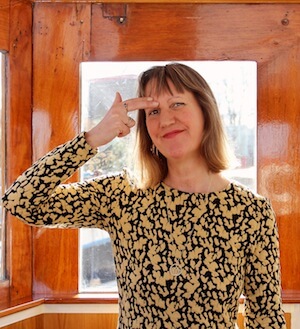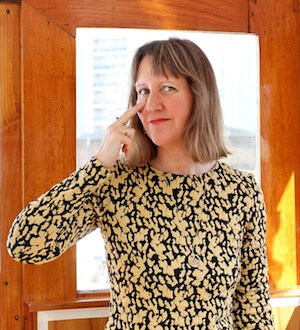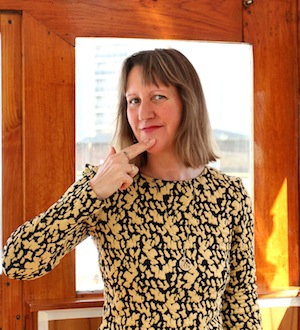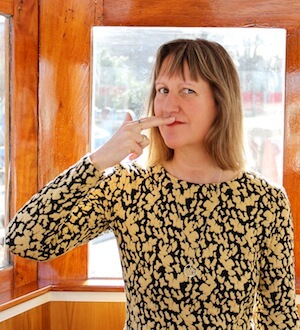There are eight key points used in EFT. They are points where the ending of a meridian is very near to the surface.
(In addition—not pictured—there is also the “karate chop” point, between the base of the little finger and the beginning of the wrist, on the side of either hand.
The Tapping Points
 EB Eyebrow
EB Eyebrow SE Side of Eye
SE Side of Eye UE Under Eye
UE Under Eye UN Under Nose
UN Under Nose CH Chin
CH Chin CB Collarbone
CB Collarbone UA Under Arm
UA Under Arm TH Top of Head
TH Top of HeadClockwise from top left:
- EB Eyebrow: just above beginning of eyebrow
- SE Side of Eye: outer corner of either eye, close to the bone
- UE Under Eye: under the centre of either eye, on the bone
- UN Under Nose: small hollow between nose and upper lip
- CH Chin: small hollow in chin, between lower lip and point of chin
- CB Collarbone: under the collarbone—not on it—to left or right
- UA Under Arm: down from armpit, where bra strap would be (use whole hand)
- TH Top of Head: tap around apex of head with fingers in a loose claw shape
In addition, the KC or Karate Chop point—not shown here—is used when tuning into the problem or issue to be focused on: it’s the fleshy side (not the palm) of your hand, between wrist and base of little finger.
Which fingers do I tap with?
Use the index and middle finger (of either hand). For the Under Arm (UA) point, it’s best to use your whole hand.
Which eye / side of the body do I tap on?
It doesn’t matter: you choose. (You can also tap on both sides simultaneously.)
Can one tap too hard?
Yes: so be careful! One of my clients reported that she’d been tapping in the shower (a great idea) but that she was now covered in bruises: not good! Tap firmly, but gently.
Karate Chop Point (KC):
There’s one more point, not shown above: the Karate Chop (KC) point. It is on the fleshy outer side of your hand (not the palm), between the base of your little finger and your wrist. (We don’t always need to use it: it’s not one of the key eight points.)

When should I use this point?
The KC point is used in the so-called “Setup,” to help you focus on what you are aiming the tapping at, especially if it’s something that is not in the forefront of your mind: if your teacher in Kindergarten upset you, and you’d like now — some time later — to neutralise the event.
When can I skip it?
If you’ve just stubbed your toe, there’s no need to do the setup, as you’re already focused on the problem! Just start tapping round the key points (Eyebrow to Top of Head), while saying “ow!” Similarly, if you are in floods of tears, or shaking with fear or anger — i.e. experiencing a powerful emotion in the moment — there’s no need to do the Setup. Just start tapping.
Doing the “Setup,” using the Karate Chop point:
The Setup simply involves tapping the following statement three times while continuously tapping on the Karate Chop point: “Even though I have this (…problem… you fill in the blank), I deeply and completely love and accept myself.”
Do I have to say I accept myself? (What if I don’t?)
The point of the positive acceptance statement is to create a separation in your mind between the problem and yourself. (Even though I have this issue/problem, that’s not who I fundamentally am, it doesn’t define me.)
Can I use an alternative positive statement?
Definitely! A simple “I’m OK” is perfectly acceptable. A phrase I use with my younger clients (and which I rather like) is “Even though I…. I rock!” With some clients, I acknowledge their lack of acceptance as follows: “Even though Idon’t deeply and completely love and accept myself, I’m open to the possibility that maybe I could.”
How many times do I have to tap each point?
Approximately seven times. To save having to count, though, state a shortened version of the problem: say “this horrid headache” for example, while tapping on each point, or “this anger at my boss.”
